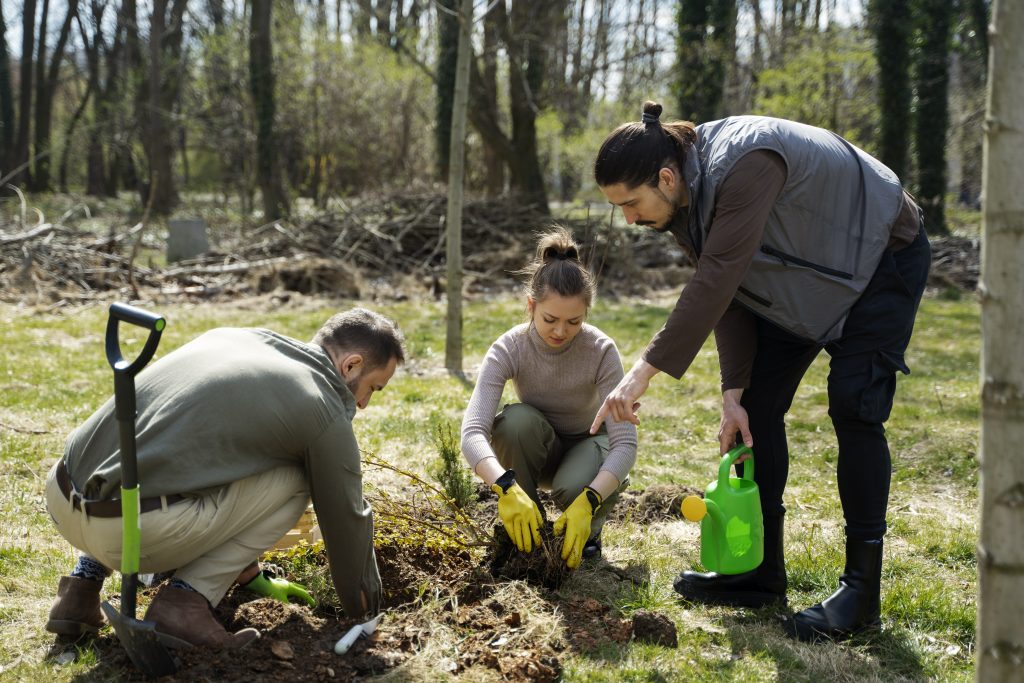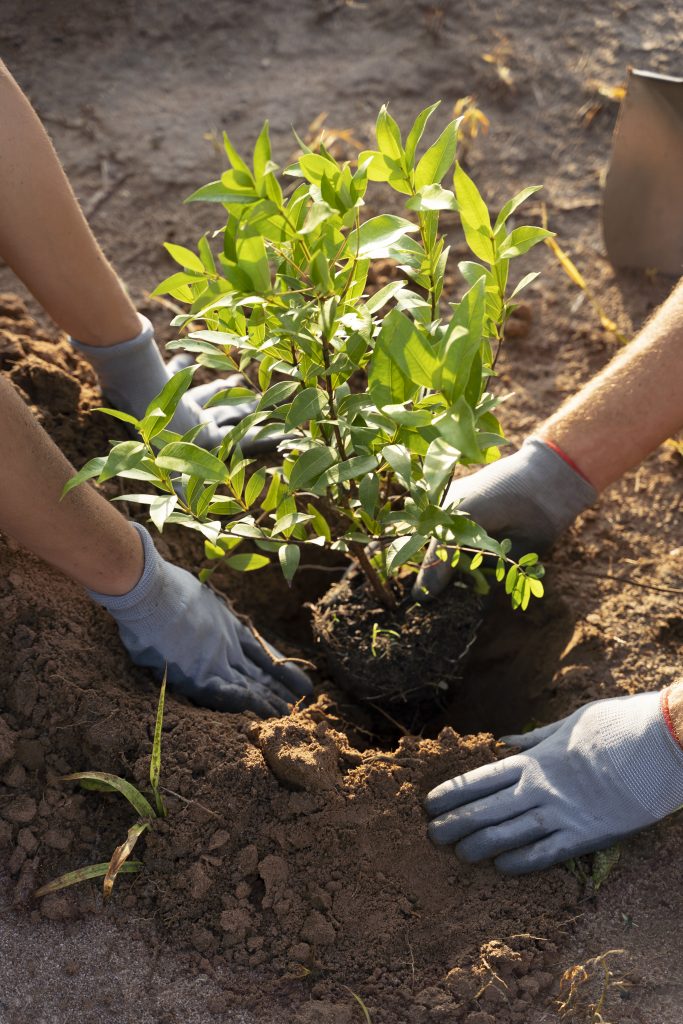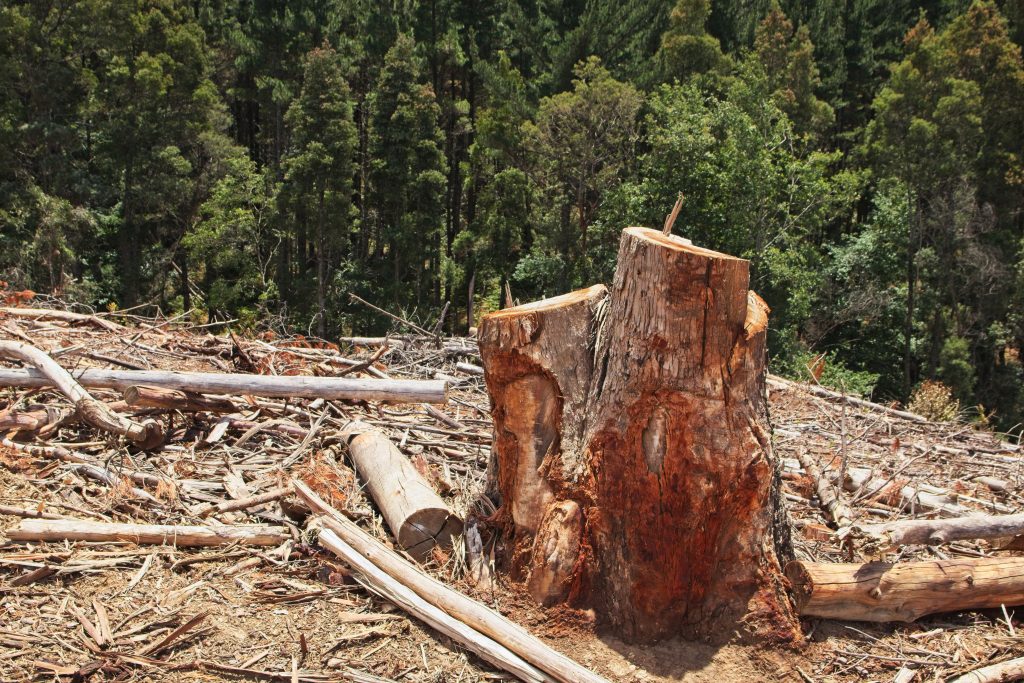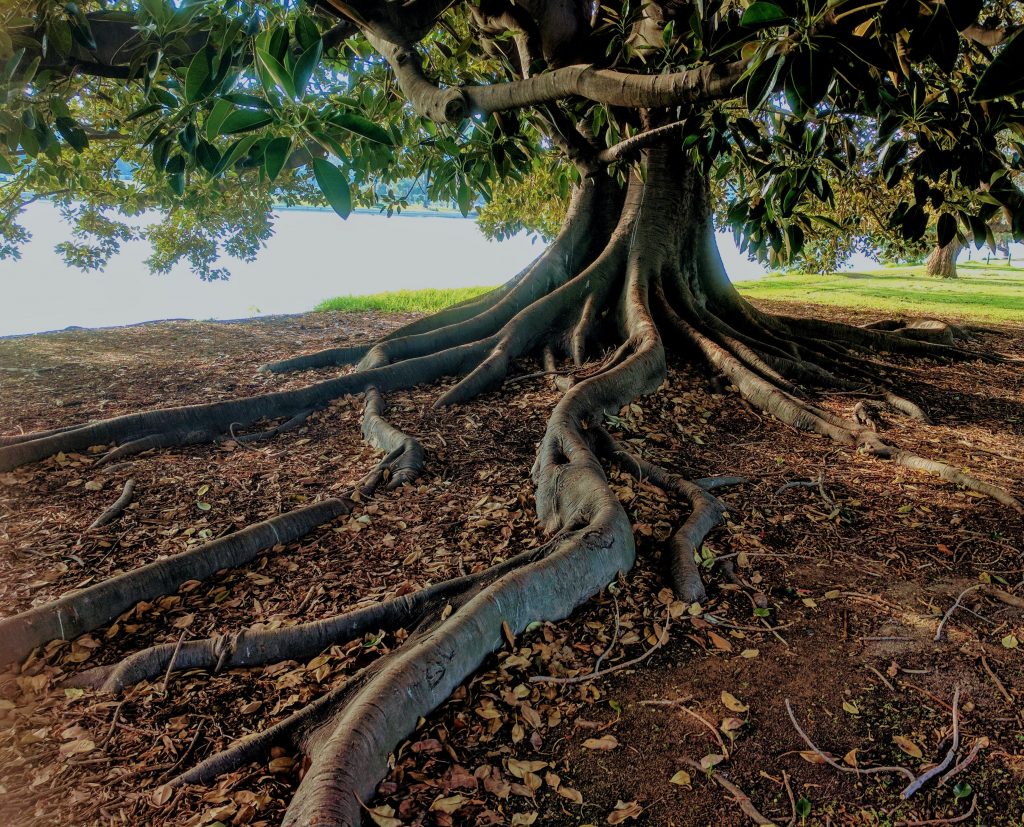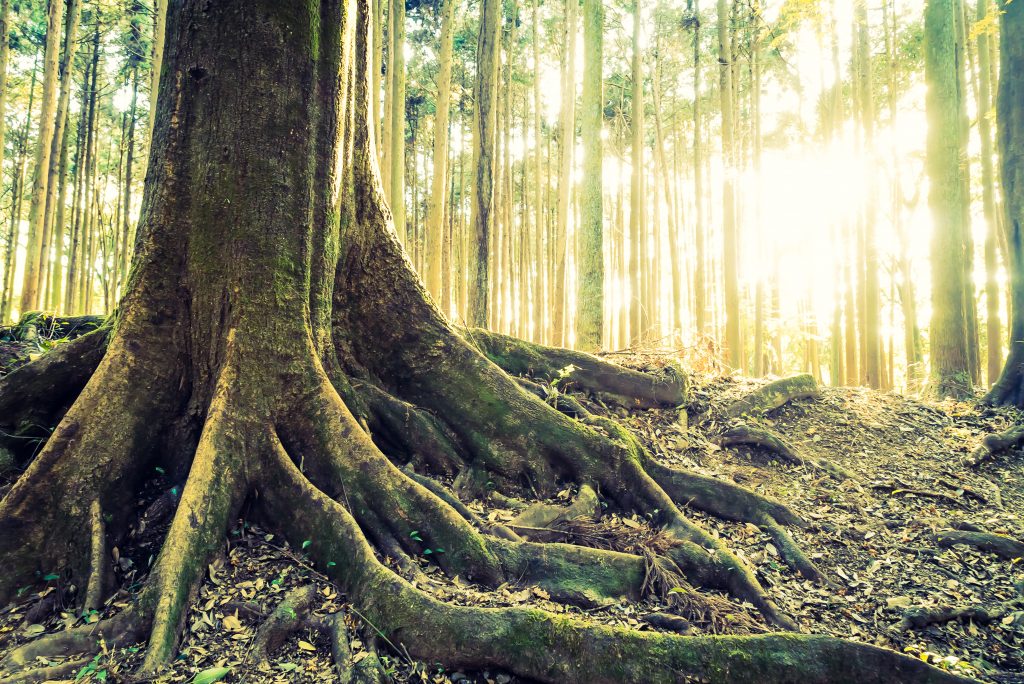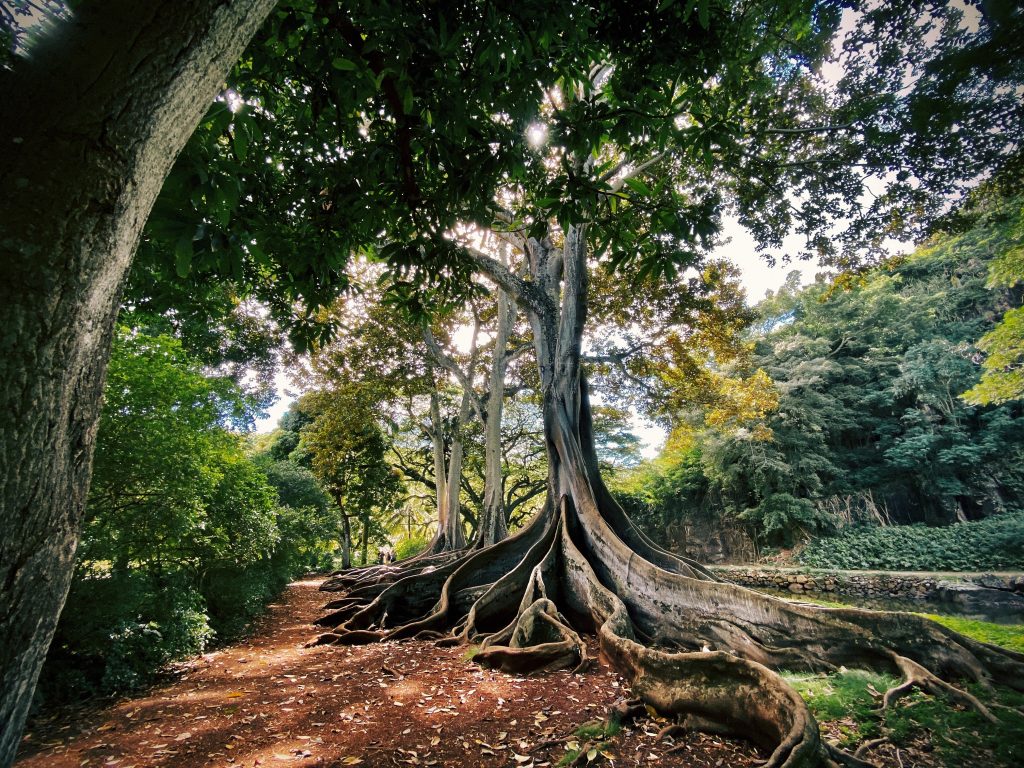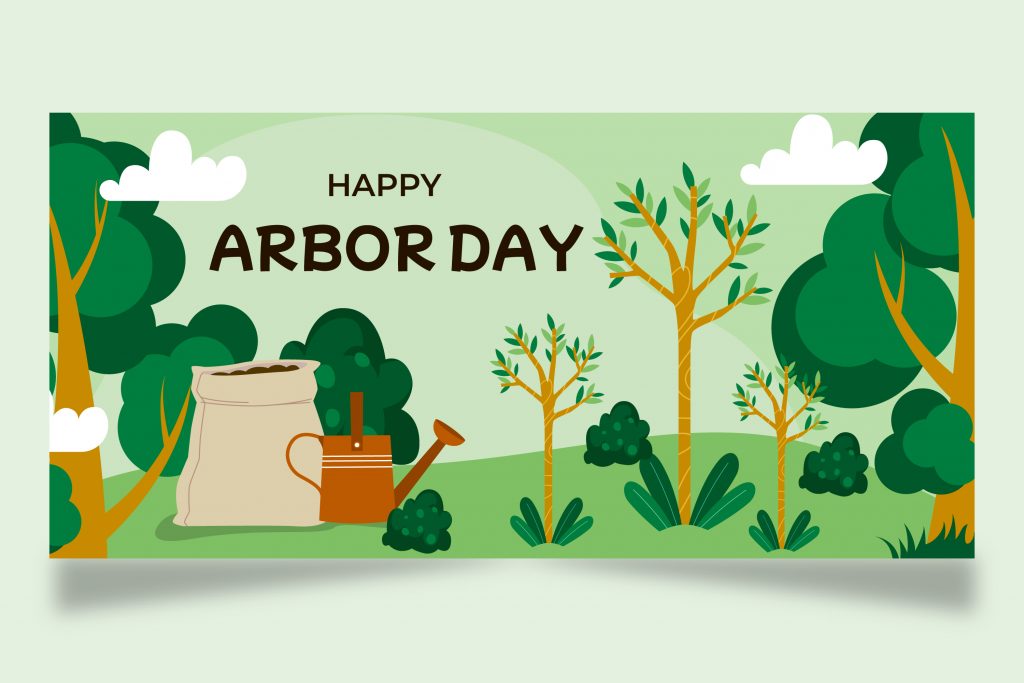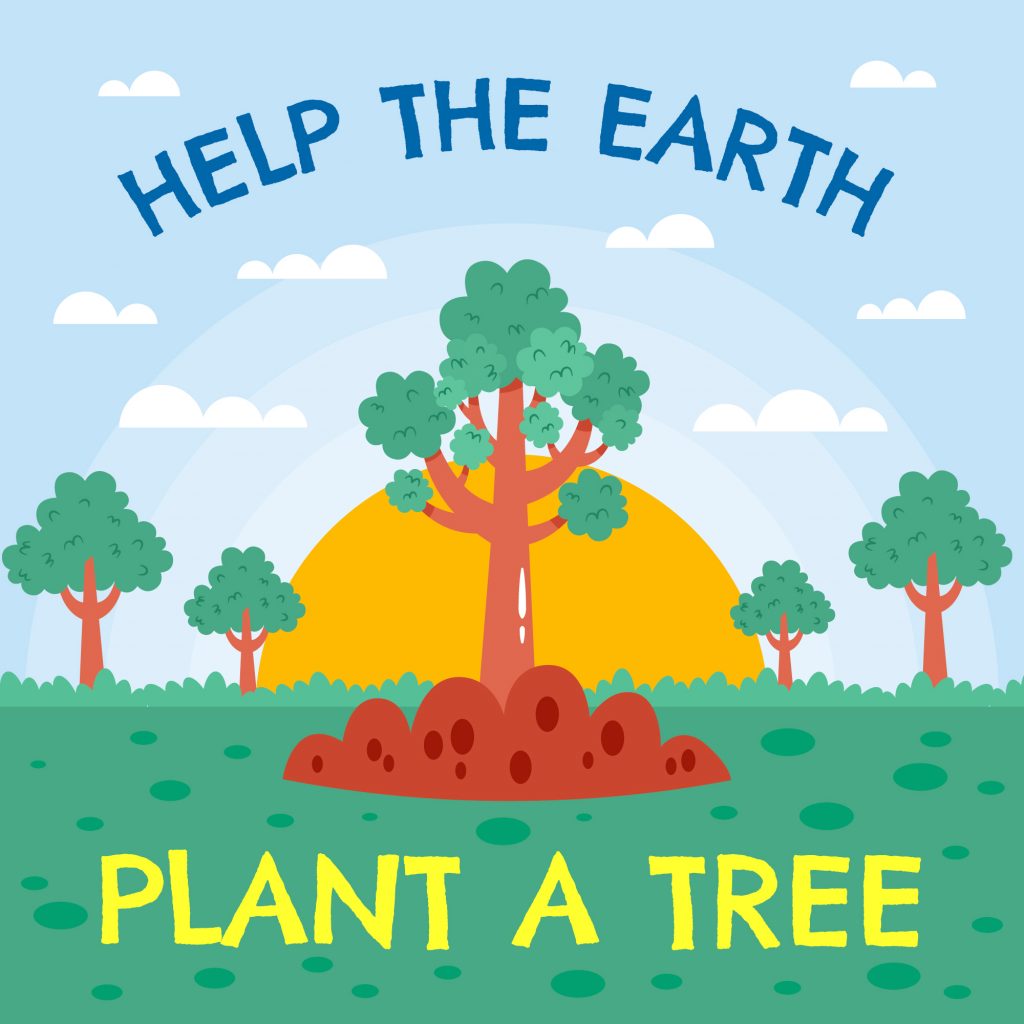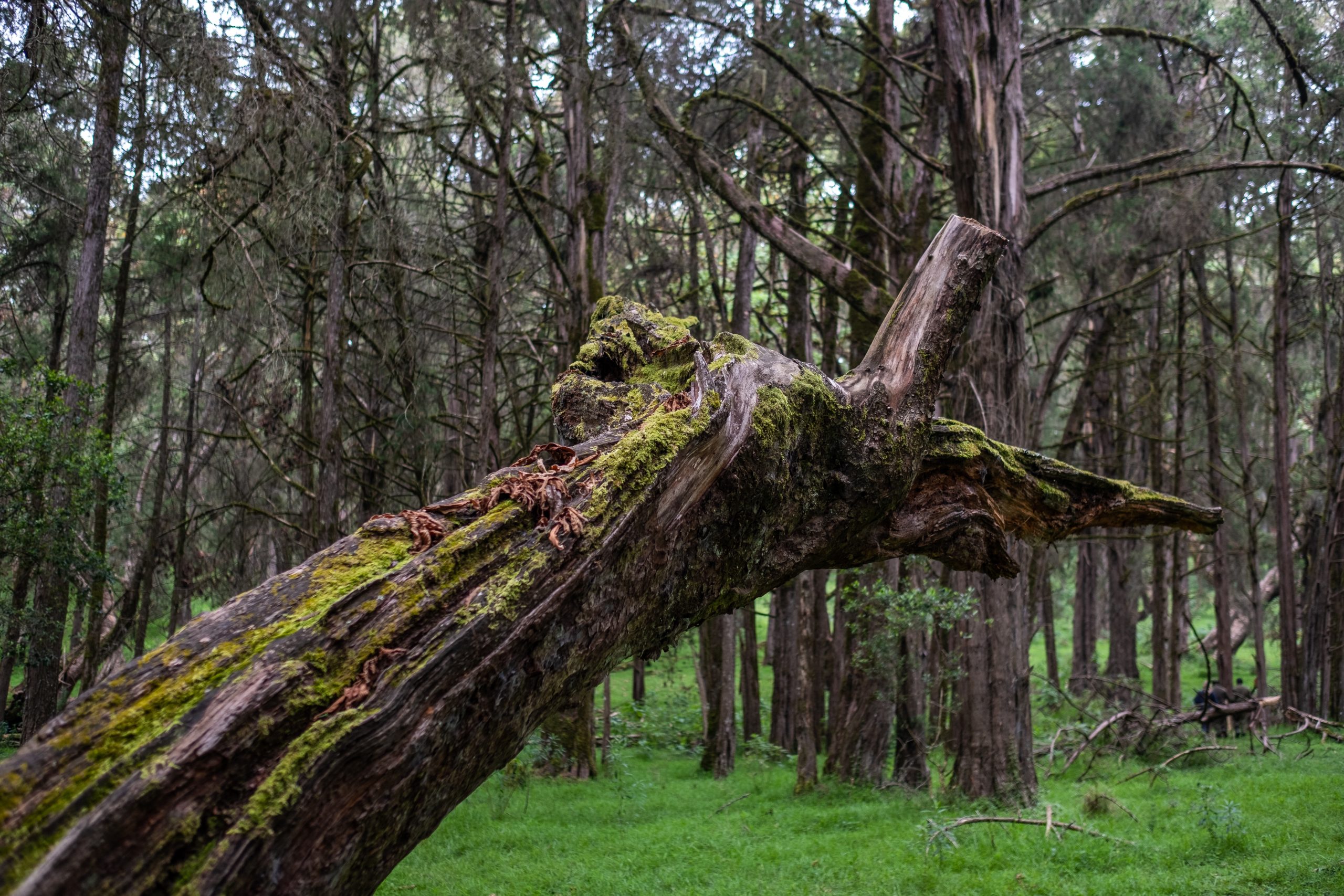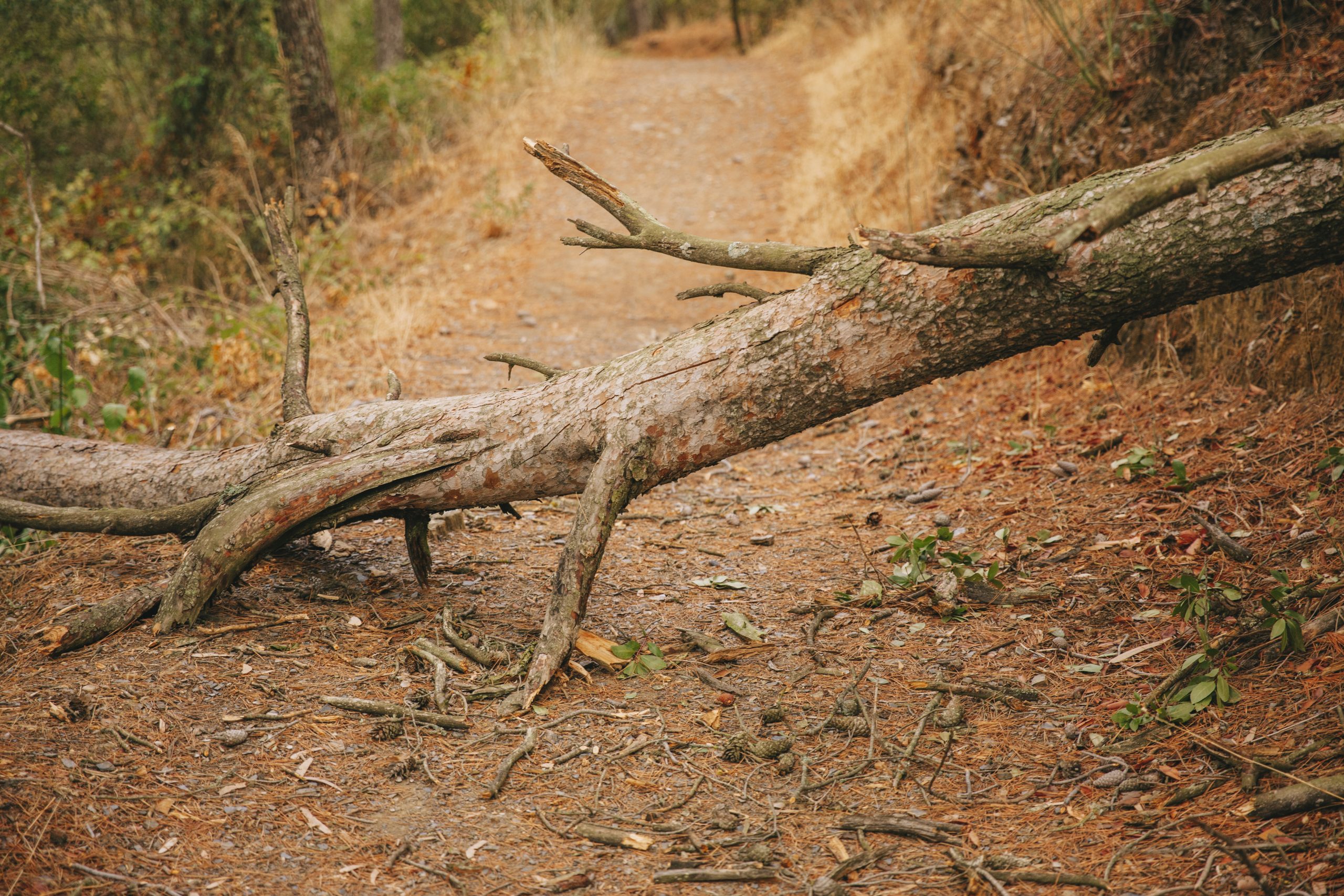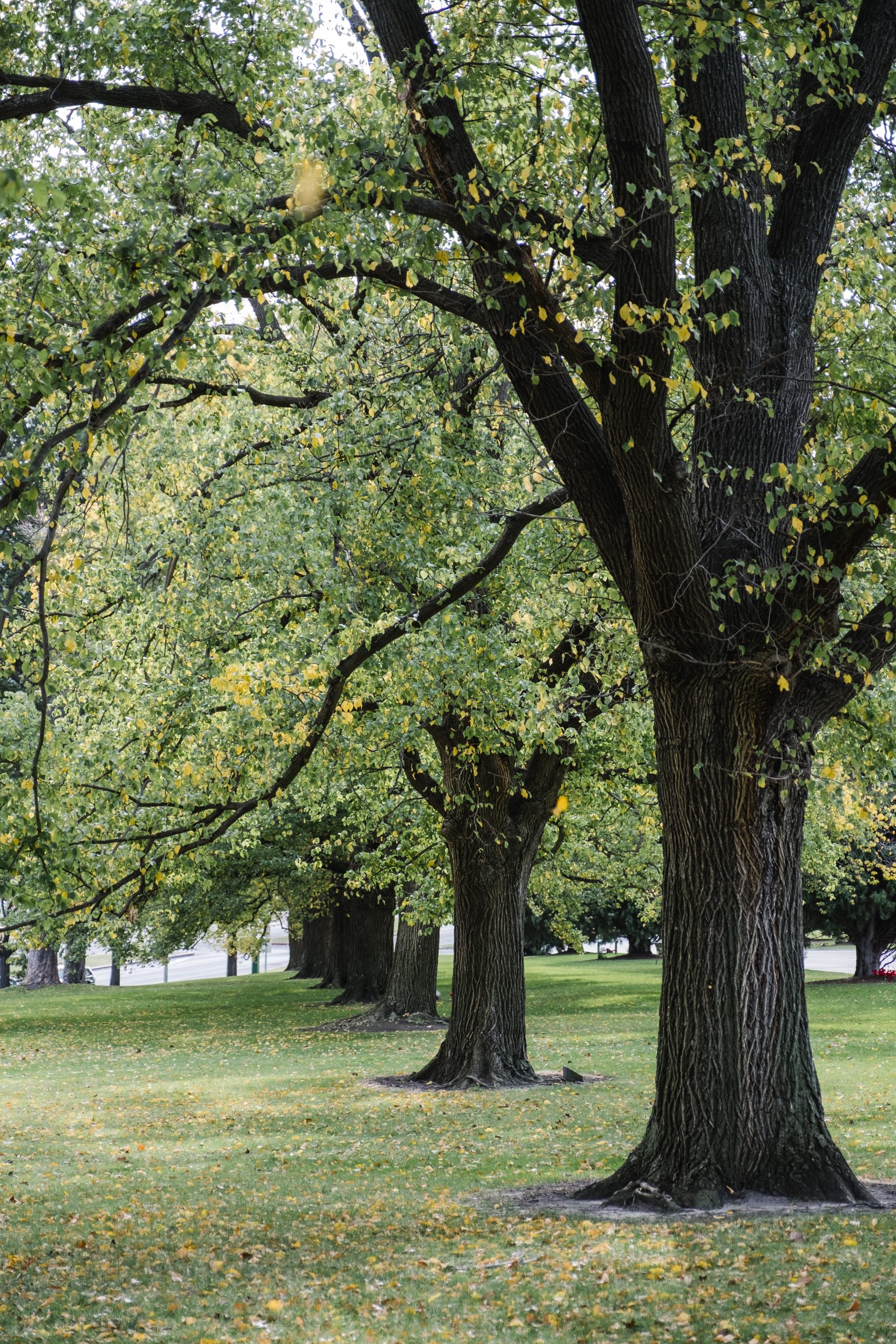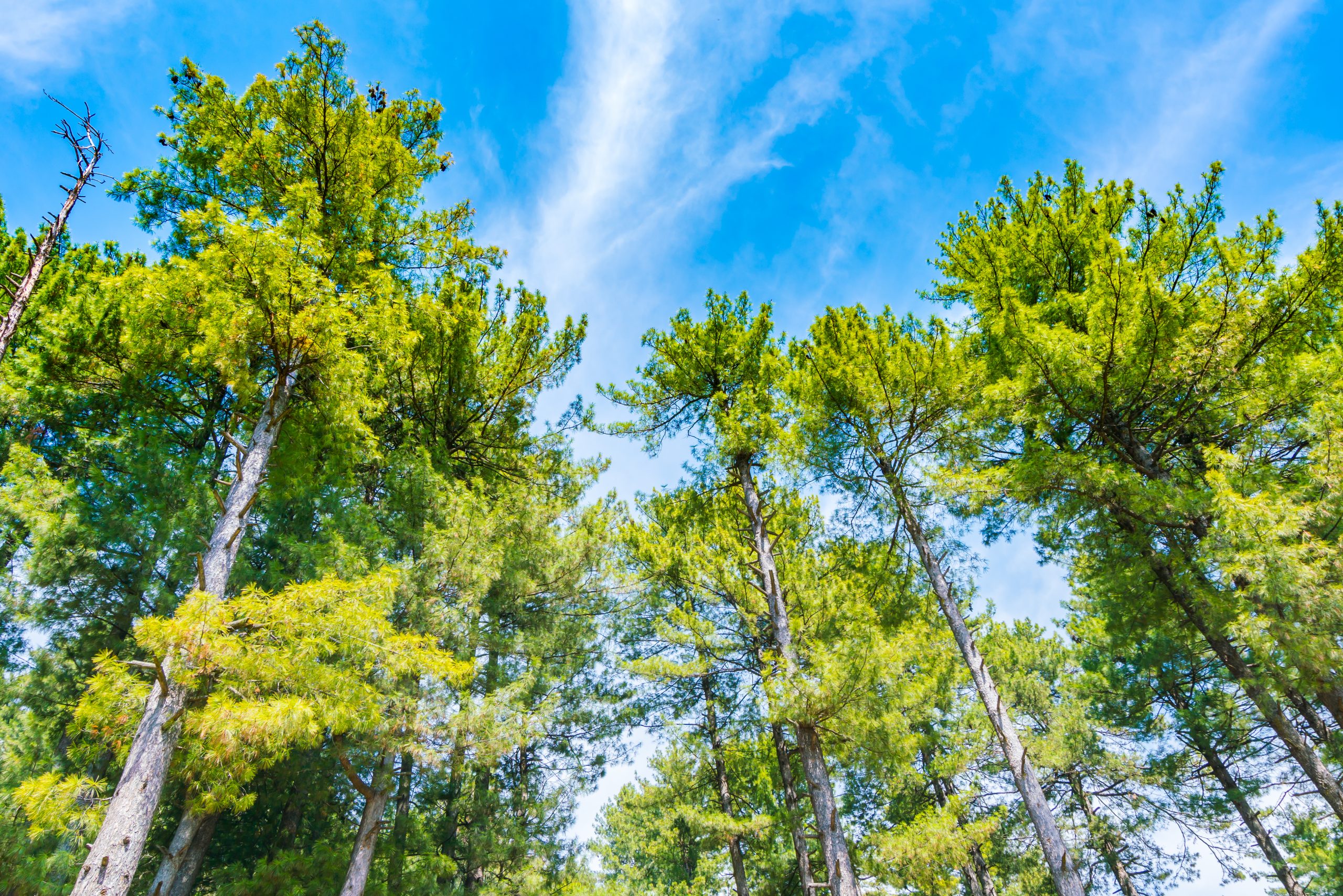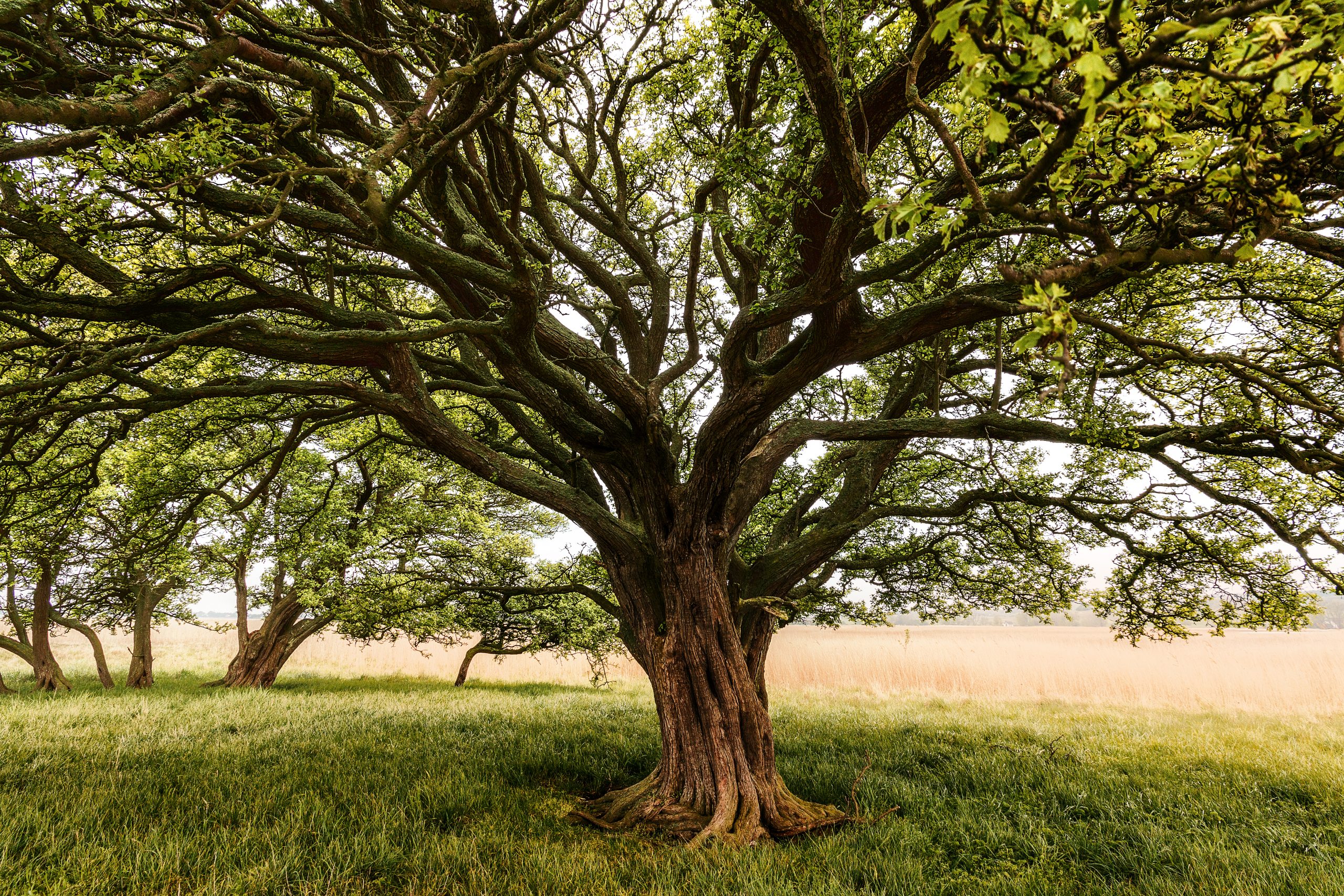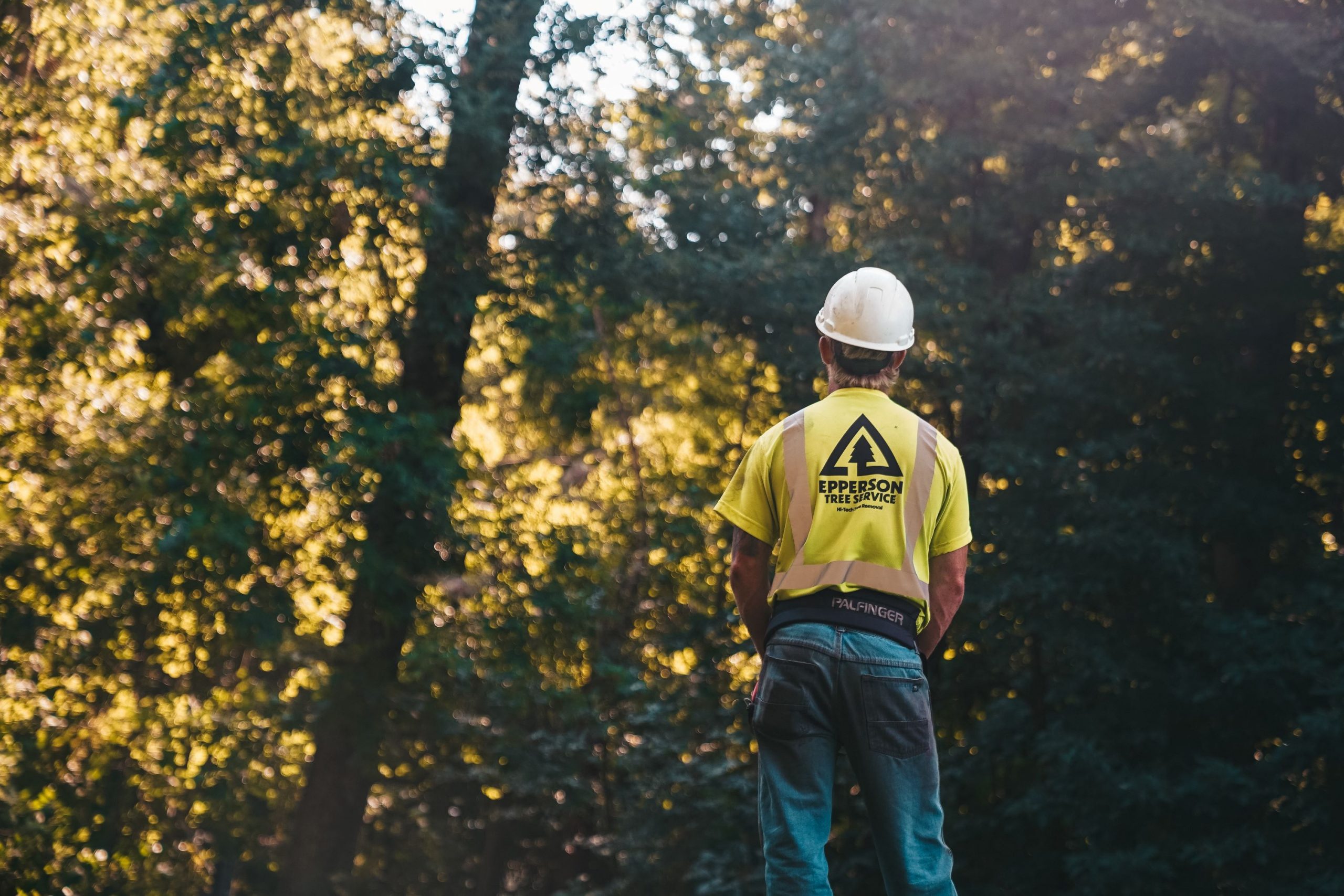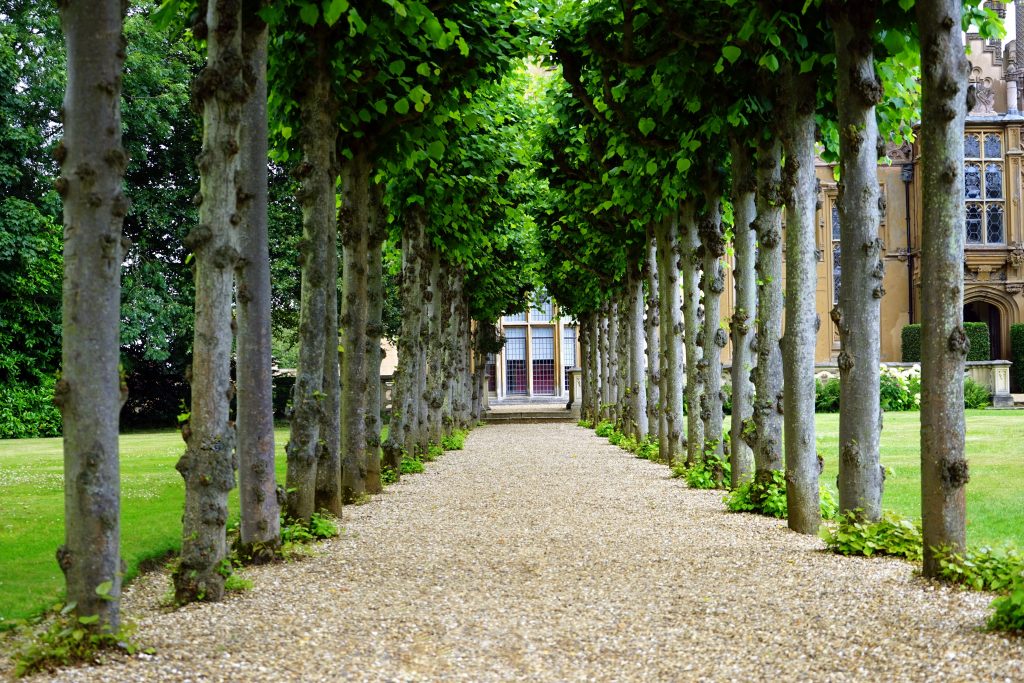UNDERSTANDING THE DIFFERENT TYPES OF TREE SERVICES
UNDERSTANDING THE DIFFERENT TYPES OF TREE SERVICES AVAILABLE
Understanding the different types of tree services available is essential for property owners, managers, and anyone responsible for tree care and maintenance. Tree services encompass a wide range of activities aimed at promoting tree health, safety, aesthetics, and overall well-being. Here’s an overview of the various types of tree services:
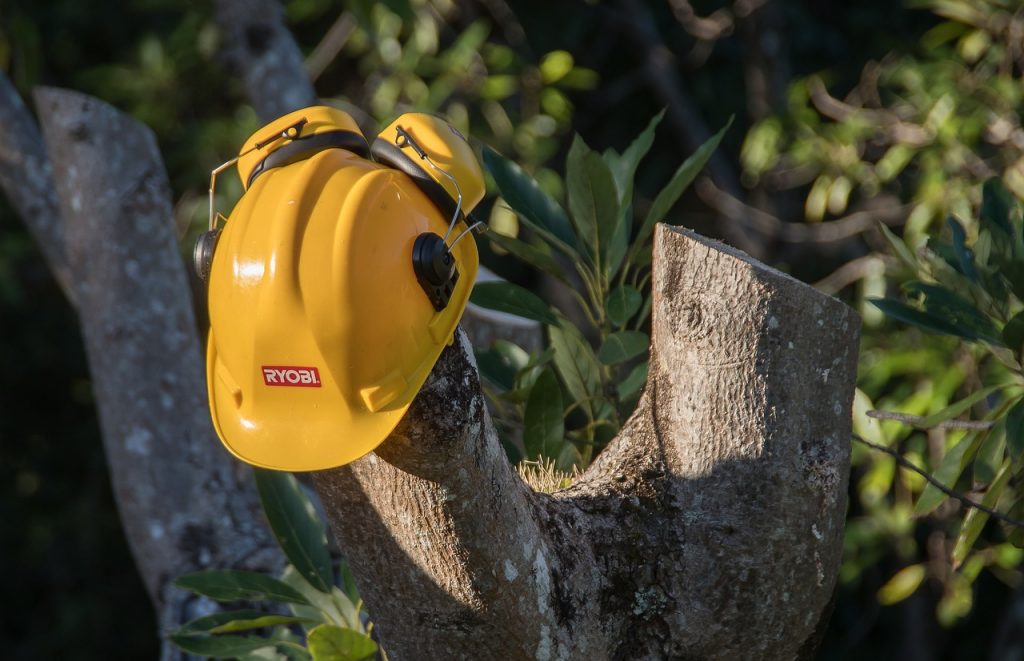
- Tree Pruning and Trimming: Pruning involves the selective removal of branches to enhance the tree’s structure, health, and appearance. Different types of pruning include crown thinning (removing excess branches), crown reduction (reducing tree height), and deadwood removal.
- Tree Removal: Tree removal is necessary when a tree is dead, diseased, hazardous, or interfering with structures. Professionals use techniques like felling, dismantling, and crane-assisted removal to ensure safety and minimal impact on the surrounding area.
- Tree Planting and Transplanting: Planting involves selecting suitable tree species and planting them in appropriate locations. Transplanting moves established trees to new locations, requiring careful planning to minimize stress and ensure successful establishment.
- Tree Health Assessment and Diagnosis: Arborists assess tree health by examining leaves, bark, and overall condition. They diagnose diseases, pests, nutrient deficiencies, and other issues to develop effective treatment plans.
- Emergency Tree Care: Emergency services address urgent situations, such as fallen trees after storms or trees posing immediate safety risks. Professionals quickly respond to mitigate hazards and prevent further damage.
- Tree Pest and Disease Management: Arborists identify and treat common pests (insects) and diseases (fungal, bacterial) that affect trees. Integrated Pest Management (IPM) approaches minimize chemical use while effectively managing pests.
- Tree Cabling and Bracing: Weak branches or multiple stems are supported using cables and braces to prevent failure and increase structural stability. This technique is used to extend the life of valuable trees.
- Stump Grinding and Removal: Stumps left after tree removal can be ground down to the below-ground level, eliminating tripping hazards and allowing for replanting or construction.
- Soil Aeration and Fertilization: Soil aeration improves root oxygenation, and fertilization provides essential nutrients for healthy tree growth. Certified arborists assess soil conditions and recommend treatments.
- Consulting and Advisory Services: Arborists provide expert advice on tree care, selection, management plans, and risk assessment. Consulting services help property owners make informed decisions about their trees.
- Mulching and Soil Improvement: Mulching around trees helps retain moisture, control weeds, and improve soil health. Proper mulching techniques protect tree roots and promote healthy growth.
- Tree Preservation and Conservation: Arborists work to preserve mature and heritage trees, protecting them during construction and development projects through techniques like root pruning and protective barriers.
- Pruning for Utilities: Trimming trees near utility lines prevents interference and reduces the risk of power outages or safety hazards.
- Tree Inventory and Management Plans: Arborists conduct tree inventories, mapping species and conditions, to inform management plans for urban forests and public spaces.
Understanding these various tree services is essential for making informed decisions about tree care, ensuring the well-being of trees, and maintaining safe and attractive outdoor environments. Professional arborists with expertise in these services play a crucial role in promoting the health, safety, and longevity of trees in urban and natural settings.
Importance of Knowing the Range of Tree Care Services Available
Knowing the range of tree care services available is of paramount importance for property owners, managers, and anyone responsible for landscape maintenance. Understanding the various tree care services not only empowers individuals to make informed decisions about their trees but also ensures the health, safety, and longevity of the trees and the overall environment. Here’s why knowing the range of tree care services is crucial:
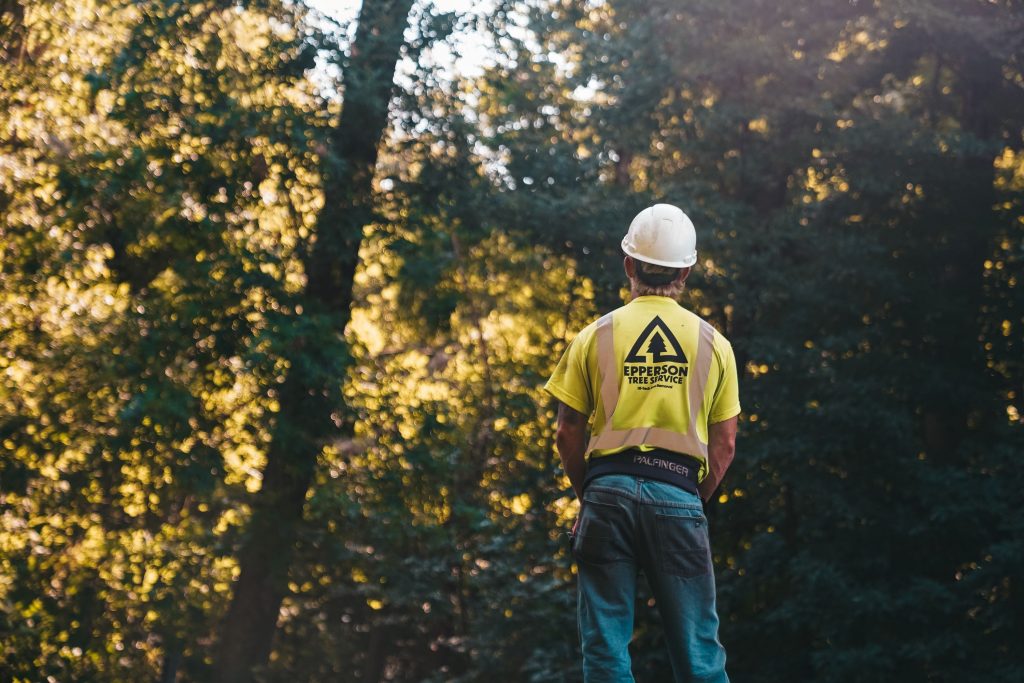
- Tailored Care: Different trees have unique needs based on their species, age, location, and overall health. Knowing the range of services available allows property owners to provide tailored care that addresses specific requirements.
- Preventive Maintenance: Many tree care services focus on preventive measures to maintain tree health. Regular pruning, disease management, and nutrient supplementation prevent issues from escalating and causing irreversible damage.
- Safety and Liability: Being aware of the available services helps property owners address safety hazards promptly. Tree removal, pruning weak branches, and managing hazardous trees prevent accidents, property damage, and potential legal liabilities.
- Preserving Tree Value: Trees are valuable assets that enhance property aesthetics and value. Understanding services like proper pruning, pest management, and soil care helps maintain the investment and visual appeal.
- Environmental Benefits: Trees contribute to air quality, shade, and overall environmental health. Knowledge of services like planting, soil aeration, and mulching ensures that trees continue to provide these benefits effectively.
- Long-Term Planning: Knowing the full spectrum of services enables property owners to develop comprehensive tree management plans. These plans guide ongoing care and anticipate future needs.
- Property Aesthetics: Properly maintained trees enhance the beauty and curb appeal of a property. Pruning, trimming, and disease management services keep trees looking attractive and well-groomed.
- Environmental Stewardship: Trees are integral to the ecosystem and biodiversity. Being aware of services such as tree preservation during construction and invasive species management contributes to responsible environmental stewardship.
- Emergency Preparedness: Storms and unforeseen events can damage trees. Awareness of emergency tree care services allows for swift action during crises, minimizing risks and further damage.
- Property Development: Understanding tree care services is crucial during property development. Services like transplanting, protection during construction, and selecting appropriate species ensure trees integrate seamlessly into the landscape.
- Educational Opportunities: Knowledge of tree care services fosters learning and awareness about proper tree care practices. This information can be shared with others, promoting a culture of responsible tree care.
- Building Trust with Professionals: Being informed about tree care services helps property owners communicate effectively with certified arborists and tree care professionals. This collaboration ensures the right services are provided based on the property’s needs.
- Financial Planning: Budgeting for tree care services becomes more accurate when property owners are aware of the range of services required. Preventive care often saves money in the long run by avoiding costly interventions.
- Personal Enjoyment: Healthy, well-maintained trees contribute to an enjoyable outdoor environment. Understanding tree care services ensures that the landscape remains pleasant and inviting for relaxation and recreation.
In summary, knowing the full scope of tree care services available empowers property owners to be proactive in managing their trees, promoting safety, aesthetics, and environmental well-being. This knowledge leads to well-informed decisions, responsible practices, and a thriving outdoor space.
Significance of Hiring Professionals for Specialized Tree Services
Hiring professionals for specialized tree services is of utmost importance to ensure the health, safety, and well-being of trees, as well as the overall landscape and property. While some tree maintenance tasks may seem straightforward, many require expertise, experience, and specialized equipment that only trained professionals possess. Here’s why hiring professionals for specialized tree services is significant:
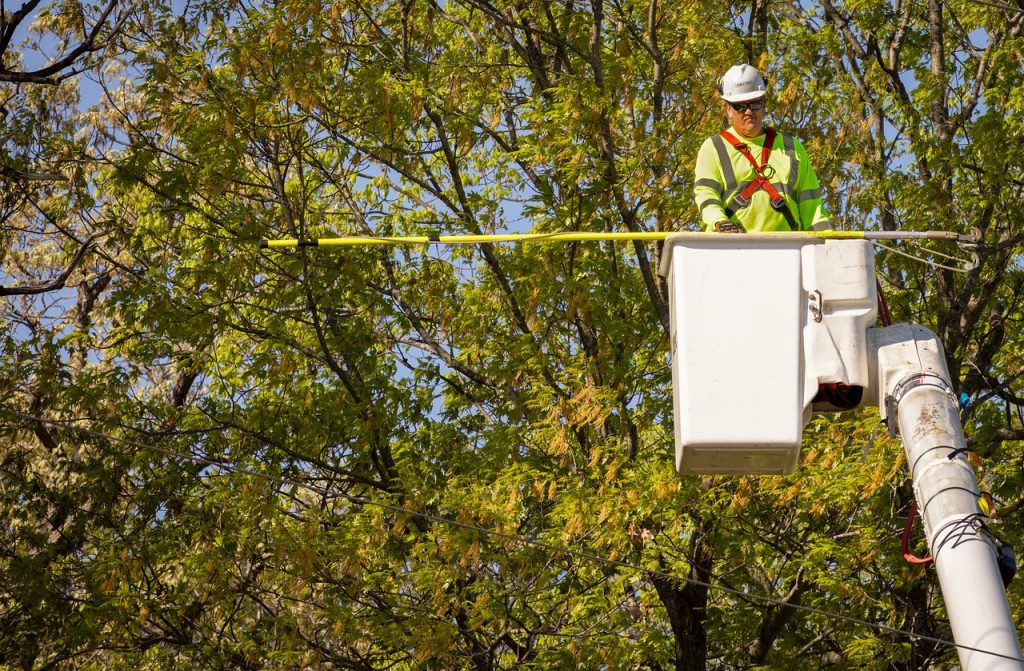
- Expertise and Knowledge: Professionals have in-depth knowledge of tree biology, species, growth patterns, and health indicators. Their expertise enables accurate diagnosis, appropriate treatment, and informed decisions for tree care.
- Safety First: Tree care can be hazardous, involving climbing, using heavy equipment, and working at heights. Professionals are trained in safety protocols, minimizing the risk of accidents and injuries to themselves, bystanders, and property.
- Proper Techniques: Specialized tree services, such as pruning, require precise techniques to ensure the tree’s health and structural integrity. Professionals know how to make correct cuts, reducing the risk of improper wounds and disease entry points.
- Equipment and Tools: Professionals have access to specialized equipment designed for tree care tasks. This equipment ensures efficient and safe execution of services, reducing the risk of damage to property or trees.
- Preventive Care: Trained professionals understand the importance of preventive care to maintain tree health. They can identify early signs of diseases, pests, or structural issues and take corrective measures before problems escalate.
- Preserving Aesthetics: Specialized tree services like pruning and shaping require an artistic touch to enhance tree aesthetics. Professionals know how to trim trees while maintaining their natural form and visual appeal.
- Disease Management: Dealing with tree diseases often requires specialized knowledge of pathogens, treatment methods, and preventative measures. Professionals can accurately diagnose diseases and recommend effective treatments.
- Risk Mitigation: Hazardous trees pose risks to property and safety. Professionals can assess the risk and determine whether a tree needs to be removed or if other measures can mitigate the danger.
- Environmental Considerations: Professionals understand the environmental impact of tree care practices. They use eco-friendly methods, such as integrated pest management, to minimize chemical use and protect the ecosystem.
- Regulatory Compliance: Some tree care activities are subject to local regulations or ordinances. Professionals are familiar with these rules and ensure that the work is carried out in compliance with legal requirements.
- Long-Term Health: Specialized services focus on the long-term health of trees. Professionals consider factors like soil conditions, watering schedules, and seasonal changes to provide holistic care.
- Property Value: Well-maintained trees enhance property value. Professionals can assess, recommend, and implement services that boost the aesthetics and marketability of the property.
- Cost-Effective Solutions: Hiring professionals may seem like an upfront cost, but their expertise prevents costly mistakes and the need for additional corrective actions in the future.
- Certified Arborists: Certified arborists have undergone rigorous training and testing to earn their certification. Hiring these professionals ensures a high standard of tree care based on industry best practices.
- Ethical and Responsible Care: Professionals prioritize ethical and responsible tree care. They consider the long-term impact of their actions on tree health, the environment, and the community.
In conclusion, hiring professionals for specialized tree services ensures that tree care is carried out with precision, safety, and expertise. Their knowledge, experience, and commitment to best practices contribute to the overall health and sustainability of trees and landscapes.
About Murray, Utah
Murray is a city situated on the Wasatch Front in the core of Salt Lake Valley in the U.S. state of Utah. Named for territorial governor Eli Murray, it is the state's fourteenth largest city. According to the 2020 census, Murray had a population of 50,637. Murray shares borders with Taylorsville, Holladay, South Salt Lake and West Jordan, Utah. Once teeming with heavy industry, Murray's industrial sector now has little trace and has been replaced by major mercantile sectors. Known for its central location in Salt Lake County, Murray has been called the Hub of Salt Lake County. Unlike most of its neighboring communities, Murray operates its own police, fire, power, water, library, and parks and recreation departments and has its own school district. While maintaining many of its own services, Murray has one of the lowest city tax rates in the state.
Neighborhoods in Murray, Utah
Murray Oakes, Grant Park, Southwood Park, Murray Park, Murray Park Restrooms, Willow Pond Park, Neighborhood Veterinary Care
Things To Do in Murray, Utah
Bus Stops in Murray, Utah to Truco Services, Inc.
Bus Stop in Murray Central Station (Bay C) Murray, Utah to Truco Services, Inc.
Bus Stop in State St @ 4801 S Murray, Utah to Truco Services, Inc.
Bus Stop in Murray North Station Murray, Utah to Truco Services, Inc.
Bus Stop in State St @ 4949 S Murray, Utah to Truco Services, Inc.
Bus Stop in Murray Central Frontrunner/Trax Station Murray, Utah to Truco Services, Inc.
Bus Stop in Murray Blvd / Vine St (SB) Murray, Utah to Truco Services, Inc.
Bus Stop in State St @ 3925 S Murray, Utah to Truco Services, Inc.
Bus Stop in State St @ 4824 S Murray, Utah to Truco Services, Inc.
Bus Stop in State St @ 5223 S Murray, Utah to Truco Services, Inc.
Bus Stop in Murray Blvd / Allendale Dr (NB) Murray, Utah to Truco Services, Inc.
Bus Stop in Murray Blvd @ 5039 S Murray, Utah to Truco Services, Inc.
Bus Stop in State St @ 4721 S Murray, Utah to Truco Services, Inc.
Driving Directions in Murray, Utah to Truco Services, Inc.
Driving Directions from Woodruff Tree Trimming and Removal to 4640 Commerce Dr, Murray, UT 84107, USA
Driving Directions from Reliable Tree Care to 4640 Commerce Dr, Murray, UT 84107, USA
Driving Directions from Tree Pro-Tech to 4640 Commerce Dr, Murray, UT 84107, USA
Driving Directions from Prestige Tree And Landscape to 4640 Commerce Dr, Murray, UT 84107, USA
Driving Directions from Excellence Tree & Landscape to 4640 Commerce Dr, Murray, UT 84107, USA
Driving Directions from Amen Trees to 4640 Commerce Dr, Murray, UT 84107, USA
Driving Directions from Tim's Tree Care to 4640 Commerce Dr, Murray, UT 84107, USA
Driving Directions from Jordan Tree Service - Murray to 4640 Commerce Dr, Murray, UT 84107, USA
Driving Directions from Arbor Works to 4640 Commerce Dr, Murray, UT 84107, USA
Driving Directions from Diamond Tree Experts to 4640 Commerce Dr, Murray, UT 84107, USA
Driving Directions from Green Tree Arborist to 4640 Commerce Dr, Murray, UT 84107, USA
Driving Directions from TruCo Services to 4640 Commerce Dr, Murray, UT 84107, USA
Reviews for Truco Services, Inc. Murray, Utah
Emily Abercrombie
We had a great experience with TruCo! They were well priced, responsive and prompt. Michael was a pleasure to work with and gave us advice on which plants to put in where we took out our ugly old shrubs. I would highly recommend this company!!!
Michelle Turpin
TruCo Services gets 5 stars from us for customer service. We experienced a few issues with their services this last year and Rob Eccles in senior management, stepped in and immediately handled our issues. He was very committed to making sure they understood our expectations and would execute to make us happy.
Siobhan Billingsley
I work for a property management company and have the pleasure of working with Rob at a community in Sandy. He has been incredible to work with and always responds in a timely manner. He knows all the homeowners by name and address and is aware of all the "problem" areas when it comes to sprinklers. I never have to worry about following up with him because he always reaches out to provide me with an update. If you're looking to work with someone who takes pride in their job, is professional, and can solve the worst landscaping problems thrown your way, Rob is your guy. Thank you, Rob for all you do!
Jaime S.
We have used Truco at 2 of the complexes we manage, they have been great to work with. Good quality service, outstanding customer service with good communication. That's hard to find these days. I highly recommend them. Travis has been awesome to work with.
Jerusha Smart
We use TruCo for a majority of our properties and our home. While other landscaping companies we use come and go for various reasons like cost, communication issues, work performance, etc., TruCo is always consistent in price and work. Also, Rob is the best.
